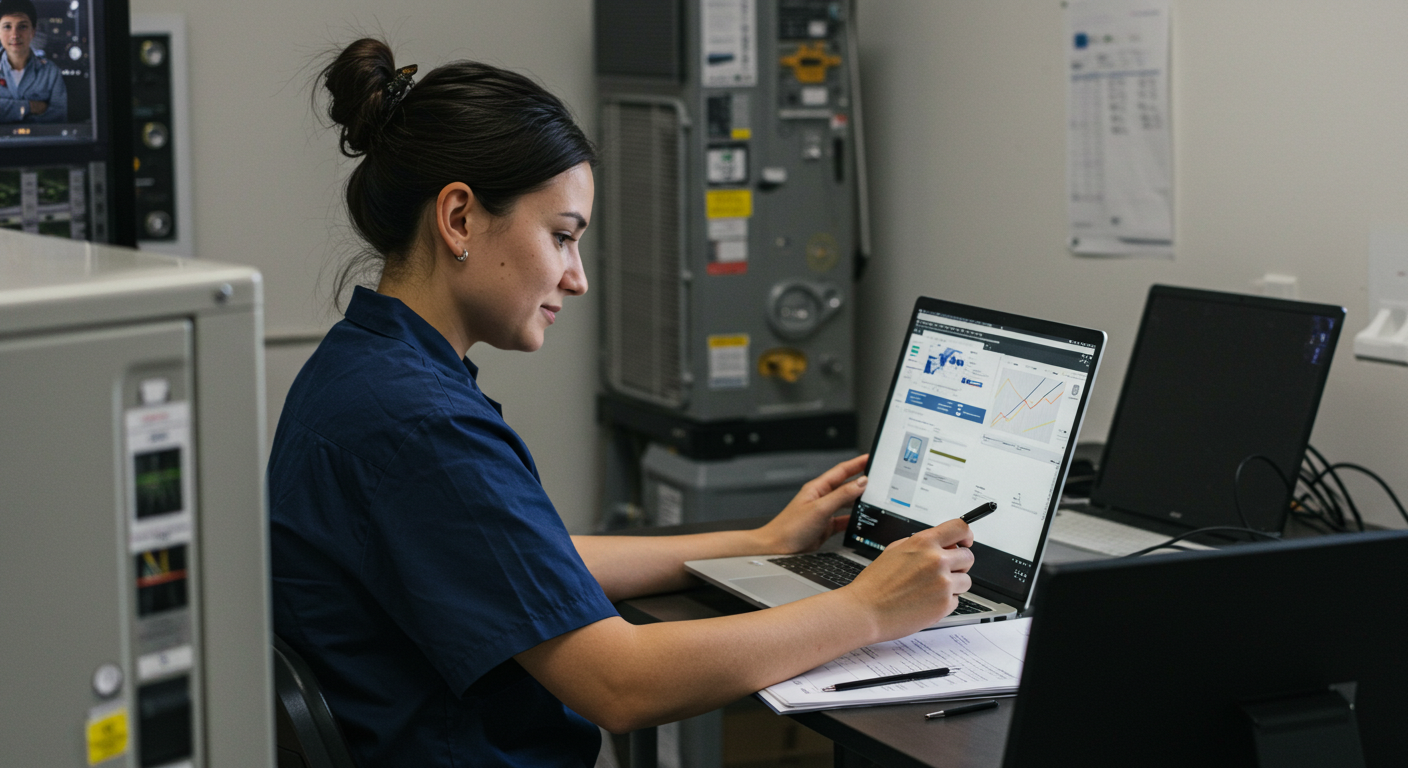
Planning for Succession: Building a Sustainable HVAC Company
Have you ever thought about what will happen to your HVAC business when it’s time for you to step down? If not, you’re not alone. Only 35% of HVAC, plumbing, and electrical business owners have a formal succession plan in place, which poses a risk of operational disruption and loss of expertise during leadership transitions. In this post, we’ll explore why succession planning is critical for building a sustainable HVAC company and how you can start preparing today.
Why Succession Planning Matters
Succession planning is not just a buzzword; it’s a crucial step in ensuring the longevity and stability of your HVAC business. Among small and family-run businesses, only about one in three have a formalized succession plan. This lack of planning can lead to a rocky transition that might affect your company’s operations and stakeholder confidence.
Steps to Effective Succession Planning
Creating a succession plan is a multi-year process, ideally spanning 3–7 years. This gives you ample time to identify, train, and prepare a successor. Nearly two-thirds of business owners overall have prepared a succession plan, but 16% still feel unprepared for the coming transition. Here are some steps to get started:
- Identify potential successors and start their training early.
- Consider keeping the leadership within the family; 47% of successors are family members.
- Evaluate the effectiveness of your plan using key metrics like internal promotion rates and employee engagement in development programs.
- Think about acquisition programs as a structured solution to ensure a seamless transition.
Emotional challenges and delayed planning often become barriers, especially when family dynamics or the need for technology upgrades come into play. The impending transition can bring up concerns about legacy and readiness for strategy changes, like AI adoption.
Preparing for the Future
It’s never too early to start planning for your company’s future. With a solid succession plan in place, you can ensure that your HVAC business remains competitive and continues to grow even after you’ve stepped down. Distributors can also play a role in this process by providing access to advanced, reliable equipment such as the Daikin FIT system, which helps maintain technical excellence.
Don’t wait until the last minute. Start the conversation about succession planning today to ensure a smooth HVAC leadership transition for your company.
FAQ: Succession Planning for HVAC Companies
What is HVAC succession planning?
HVAC succession planning involves preparing for the transfer of business ownership and leadership to ensure continuity and sustainability of the company.
How long does the succession planning process take?
The process typically takes 3–7 years, allowing ample time for identifying and training a successor.
Why is a succession plan important for a sustainable HVAC company?
A succession plan helps prevent operational disruptions and ensures that the company continues to thrive after the current owner steps down.
What are common barriers to HVAC business succession?
Emotional challenges, family dynamics, and the need for technology upgrades are frequent barriers to effective succession planning.
How can I evaluate the effectiveness of my succession plan?
Evaluate your succession plan using metrics like internal promotion rates, employee engagement, and vacancy fill times for critical roles.
Ready to secure the future of your HVAC business? Start your succession planning today and build a legacy that lasts.

